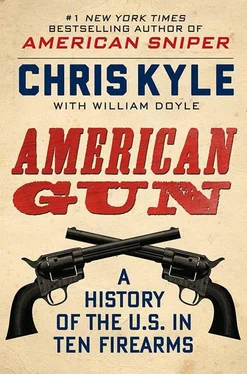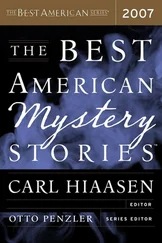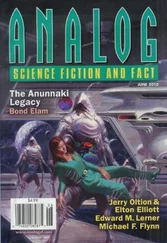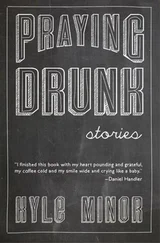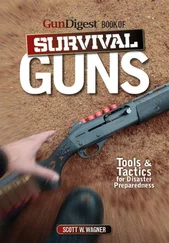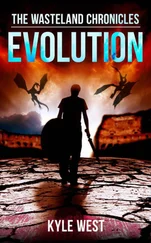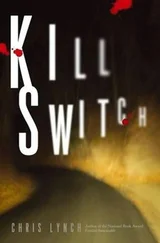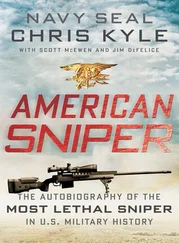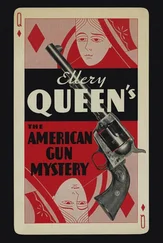One British general: See John S. D. Eisenhower, Yanks, the Epic Story of the American Army in World War I (2002) , page 17.
Details of the Battle at Belleau Wood are from Axelrod, Miracle at Belleau Wood; Albertus Wright Catlin, Walter Alden Dyer, With the Help of God and a Few Marines (1919); and David Bonk, Chateau Thierry & Belleau Wood, 1918 (2012).
For more information on the Springfield’s use as a sniper rifle, see “No Drill” 1903A4 Sniper Rifle—1903 Springfield at the GunsAmerica.com website: http://www.gunsamerica.com/blog/no-drill-1903a4-sniper-rifle-1903-springfield/.
One of the first companies to use the bullet: www.lapua.com/en/story-of--338-lapua-magnum.html.
Chapter 6: The M1911 Pistol
“Beyond a doubt”: NRA Staff, AR’s Top 10 Handguns, http://www.americanrifleman.org.
Details of Alvin York episode are from Alvin York, Sergeant York, His Own Life Story and War Diary (1928); David D. Lee, Sergeant York: An American Hero (1985); Sam Cowan, Sergeant York and His People (1922); and John Perry, Sergeant York, His Life, Legend & Legacy (1997).
“It fits the hand like a trusted tool”: Brian Sheetz’s Top 10 Handguns, http://www.americanrifleman.org.
“The cavalry doctrine of those days”: Eduardo Lachica, “The Cavalry is Gone,” Wall Street Journal, June 20, 1984.
“the Colt is superior”: “The .45 Automatic,” American Rifleman, March 20, 1911, cited in Charles Bennett, “The 1911,” Law Enforcement Technology, August 1, 2012.
“To say he was the Edison”: Scott S. Smith, “John Browning’s Guns Hit The Bull’s-Eye,” Investor’s Business Daily, December 13, 2010.
“Make it strong enough—then double it”: Anthony Smith, Machine Gun (2003), p. 260.
John M. Browning, American Gunmaker by John Browning & Curt Gentry, 1964, gave insight into Browning and his inventions.
Chapter 7: The Thompson Submachine Gun
Attack on Al Capone in Cicero: Laurence Bergreen, Capone: The Man and the Era (1996), pp. 205–6.
“I am just a businessman”: Selwyn Raab, Five Families (2007), p. 42.
“I saw this gun myself”: Robert V. Bruce, Lincoln and the Tools of War (1956), p. 120.
“Give them grape”: C. J. Chivers, The Gun (2010), p. 32.
“Hang your chemistry”: John Ellis, The Social History of the Machine Gun, (1975), p. 34.
John Dillinger detail: Mark Holtz, Public Enemy #1, (2013).
“He liked to amuse bank customers”: Allen Barra, “A Gangster With Star Appeal,” Wall Street Journal, June 25, 2009.
“He had a baby face”: Bryan Burrough, Public Enemies (2004), pp. 102–3.
“Stupid son of a bitch”: Steven Nickel, William J. Helmer, Baby Face Nelson (2002), p. 173.
“I got one of them!”: Jay Robert Nash, Bloodletters and Badmen (1995), p. 212.
“I know who you are!”, “Nelson calmly aimed a machine gun”: Massad Ayoob, “Learning from a Cop-killer,” American Handgunner, July 2007.
“It was just like Jimmy Cagney”: Nickel and Helmer, Baby Face Nelson, p. 337.
“finally reaching the point”: J. Edgar Hoover, Persons in Hiding (1938), p. 149.
Willie Sutton quotes: Willie Sutton, Edward Linn, Where the Money Was (2004).
“It was the perfect weapon”: Mark Keefe, The Echo of the Thompson Gun, September 21, 2012, www.americanrifleman.org
Details of Thompson’s company and the gun’s development: Martin Pegler, The Thompson Submachine Gun, (2010). Additional information on the background of machine gun development was drawn from John Ellis, The Social History of the Machine Gun.
“Summers is a legend”: Stephen E. Ambrose, D-Day: June 6, 1944 (1994), p. 299.
Chapter 8: The M1 Garand
Franklin Koons at Dieppe: The account of Franklin Koons and the other action at Dieppe, France is based on Rangers at Dieppe, Jim DeFelice (2008), especially pp 116, 146, 153–8, 224.
Garand was not the first person to think of the idea: See some of the discussion, and how Garand’s machine gun worked, in Julian S. Hatcher, Book of the Garand (2012).
The U.S. Army produced an excellent film detailing the inner workings of an M1 Garand: M1 Garand—Principles of Operation, which is available on YouTube. Additional information on the Garand was drawn from the Army field manual for the weapon, “FM 23–5.”
“In my opinion the M1 rifle”: Jim Supica, Guns (2005), p. 186.
“one weapon that outgunned”: William H. Hallahan, Misfire (1994), p. 390.
Fetched ammo: See “Battle for Henderson Field,” article posted at Raritan-online.com: http://www.raritan-online.com/jb-henderson-field.htm. Basilone came from Raritan, N.J., which continues to honor his memory.
“You’ll probably get yours”: Leroy Thompson, The M1 Garand (2012), p. 55.
“Guadalcanal is no longer”: Robert Leckie, Challenge for the Pacific (1965). P. viii.
“The most amazing thing about that M1”: Mark G. Goodwin, U.S. Infantry Weapons in Combat, http://www.scott-duff.com.
Battle of the Bulge detail: Martin K.A. Morgan, “The Men & Guns of the Battle of the Bulge,” http://www.americanrifleman.org; Gregory Orfalea, Messengers of the Lost Battalion (2010). Joe Cicchinelli’s memories of his war service are collected in an oral history collection online at http://www.joecicchinelli.com/home.htm.
M1 in Korea: Bruce Canfield, Arms of the Chosin Few, http://www.americanrifleman.org.
“bunk”: Springfield (Mass.) Daily News, March 19, 1963.
Chapter 9: The .38 Special Police Revolver
Attack on Blair House: Stephen Hunter and John Bainbridge Jr., American Gunfight: The Plot to Kill Harry Truman—and the Shoot-out That Stopped It (2005).
Valuable background for this chapter was provided by Massad Ayoob, Massad Ayoob’s Greatest Handguns of the World (2010).
“As a personal defense weapon”: ibid., p. 68.
“at a time when full power”: Jim Supica, Guns (2005), p. 31.
“This was smart”: “How the Glock Became America’s Weapon of Choice,” Fresh Air, National Public Radio, January 24, 2012.
Some information regarding the different pistols and their offerings is drawn from the catalogs of Smith & Wesson and Colt. Both companies also offer brief accounts of their history on the websites. General information on Smith & Wesson .38 Special revolvers was drawn from The History of Smith and Wesson Firearms by Dean Boorman. In addition, Patrick Sweeney’s Gunsmithing Pistols & Revolvers, 3rd Edition (1986), was very useful for understanding the evolution of some of the weapons. Some information on the Glock 17 is from the “Glock Instruction for Use” manual, and the Glock catalog.
Chapter 10: The M16 Rifle
“Brave soldiers and the M16”: Russell W. Glenn, Reading Athena’s Dance Card (2000), p. 172.
Ia Drang battle details are drawn extensively from Harold G. Moore, Joseph L. Galloway, We Were Soldiers Once… and Young (1992); and also from The Battle of Ia Drang Valley, 1965, a documentary by CBS News that is available on YouTube.
“What we fear most”: Popular Science, August 1967, p. 70.
Information on the early political struggles and development of the AR-15/ M16 is drawn from American Rifle: a Biography by Alexander Rose.
Details of events of March 20, 2005 involving Leigh Ann Hester and her colleagues are from contemporaneous press accounts, especially: Steve Fainaru, “The Everyday Heroics of a Woman in Combat,” New York Sun, June 27, 2005; Multinational Corps Iraq Public Affairs videotape of Hester interview with CBS reporter posted on YouTube titled “Sergeant Leigh Ann Hester—First female soldier to win Silver Star since WW2”; and Recon Intelligence Report, “Conspicuous Courage Under Fire, Part 4,” posted on YouTube.
Читать дальше
